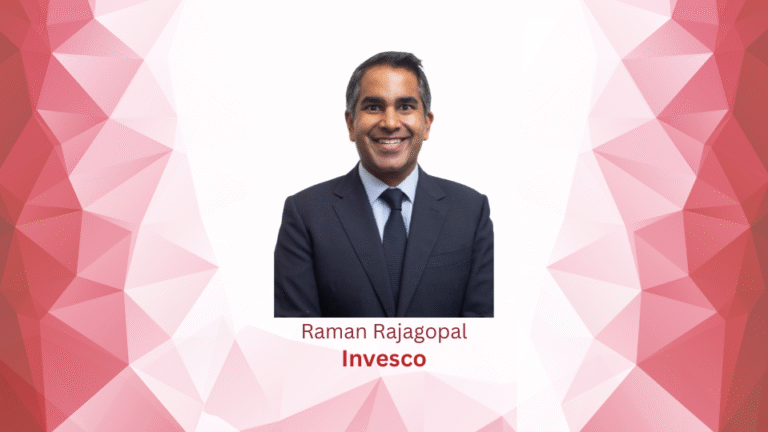By Frédéric Kemp, Managing Director, and Frédéric Pérard, Strategic Advisor, at SuisseTechPartners, as published in Insight/Out magazine #32
Depositaries are currently facing changes forcing them to reimagine their operating model to fulfill their regulatory duties, deliver the services expected by clients and remain cost-effective.
Dynamic regulatory environment
The regulatory landscape governing the roles and responsibilities of a depositary for an AIF (Alternative Investment Fund) is complex and often subject to interpretation between actors and even countries, producing many significant variations. Let’s take the example of the obligation for a depositary Bank in Germany to recalculate the NAV, which is not the norm in Luxembourg. These exceptions could evolve into more widely adopted standards over time.
Depositaries face an increasingly complex mission due to regulatory pressure to conduct stricter, more frequent controls while meeting cost-effectiveness imperatives.
In Luxembourg, the statement published by CSSF on 24th July 2024 about controls to be performed on investments made by an AIF signals a clear intent to clarify their expectations on the way depositaries should perform their duties.
This point may not be specifically addressed in the AIF regulation and this type of situation often creates a high-level discussion at practitioners’ level. Nevertheless, the aim of the regulator remains to ensure investor protection and transparency and we clearly see a growing and converging need for independent controls on all activities of the fund.
New fund types and asset classes
An ongoing challenge for depositaries is the increasing complexity and diversity of fund structures and the assets classes they need to oversee.
The most recent case is the growing development of ELTIF2 funds. ELTIF2 RTS have led the multiplication the issuance of ELTIF Funds, bringing additional operational complexity due to their hybrid nature.
The profile of investors, the need to handle closed and open-ended funds, the diversity of liquidity management mechanisms, the valuation of underlying assets and the increasing needs related to AML / KYC monitoring are going to impact operating processes designed in most instances to handle UCITS or traditional AIFs.
Crypto assets / funds are picking up as well and they represent a new opportunity for depositaries to move into the complex digital space. At the same time, they force them to embrace brand new processes in a highly complex domain using technology, which may not be able to handle such cases.
ESG compliance
The implementation of ESG regulations is clearly a new challenge for the Depositaries since they are expected to be in a position to oversee the adherence of Article 8 and 9 funds in their ESG strategies and objectives. The monitoring of ESG ratios can sometimes prove impossible due to the scarcity of reliable data for the depositary.
Data and document management
A clear consequence of the points discussed above is the requirement for depositaries to store, manage and consume a significant amount of data and documents in order to perform controls in a timely manner, track issues and report to the involved parties in a fund’s life-cycle.
This requires the capability to adapt the data model to handle the specificities of new instruments, new structures, new investors, new data such as ESG data as well as a powerful data management capabilities.
Depositaries also have to maintain a huge volume of documents such as fund prospectuses, service-provider agreements or deal and transactions documentation. These documents need to remain accessible at all times, to be updated according to new versions and remain accessible for different controls and processes.
A good example is the current difficulty faced by some to perform cash flow monitoring due to the high number of cash custodians involved, the paucity of interfaces and the complexity involved in automating processes.
A required evolution of the operating models
The efficiency of an operating model hinges on three main factors: people, processes and technology.
In most instances priority has thus far been given to the use of labor-intensive, spreadsheet-driven processes, which have now reached their limits due to lack of data consistency, version controls, easy access to paper documentation and data as well as shortage of resources to perform controls in due time.
As seen above, the evolution of regulations and servicing needs will push towards a greater use of the third dimension: technology.
Most players in the industry have already started to redesign their operating models to be more agile, efficient, cost-effective and less labor-dependent.
To reach these objectives they clearly need to focus on solutions, which can consolidate most processes in a core platform, offering a flexible data model that can adapt to current and future needs, is easily connectable to the outside world via APIs and / or interfaces with or is equipped with a powerful reporting / analytical engine.
On top of this, the application should be cloud or on-premises agnostic allowing the greatest flexibility of implementation design.
Over the recent months, the launch of Gen AI solutions has opened new horizons to optimize the integration of data and processes involving unstructured documents and data; this evolution now seems to be unstoppable.
Embracing new Core platforms
The traditional platforms that used to cover investment guidelines or cash flow monitoring provided adequate support for these specific processes on a stand-alone basis.
However to optimize the use of data and automate processes, the target solution should offer a common user interface allowing the addition of modules and processes when needed and comprehensive workflows to optimize processes using a single source of data.
A single source of data is pivotal to achieve efficiency, consistency and ensure agility when adding new functionalities.
Robust data models and data management as a foundation
As explained above, the need to manage a growing quantity and complexity of data related to fund structures, instruments, investors and transactions encourage the use of data models that can easily be extended and adapted by users without heavy and lengthy developments.
It is also crucial that data ingested or resulting from a process be readily auditable with a comprehensive and real-time log of the data source, the user(s) modification of data. Data is too often stored on a “garbage-in / garbage-out” mode with no data consistency checks, which can jeopardize the results of controls and reporting.
Strong connectivity with the fund ecosystem
Depositaries are part of an ecosystem including Asset Managers, Fund servicers, Custodians, auditors and regulators.
This is a complex environment and the efficiency of processes and controls will greatly depend on the capacity to ingest and digest enormous amounts of data.
This is where the greatest effort is required to digitize processes like investor onboarding, deal-flow or cash-flow monitoring. Requiring users to access custodian websites every day to extract data manually and to securely store access keys should be consigned to history.
As a consequence, the ability of the solution to come already connected to market infrastructures, offering multiple formats of connection including APIs is critical.
In Summary, as a depositary, it is maybe the right time to reassess your current operating model, processes and underlying technology. In doing so, make sure the core platform you are going to select meets the main cornerstones mentioned above. This is a long-term investment with a direct impact on your efficiency and quality of service.




